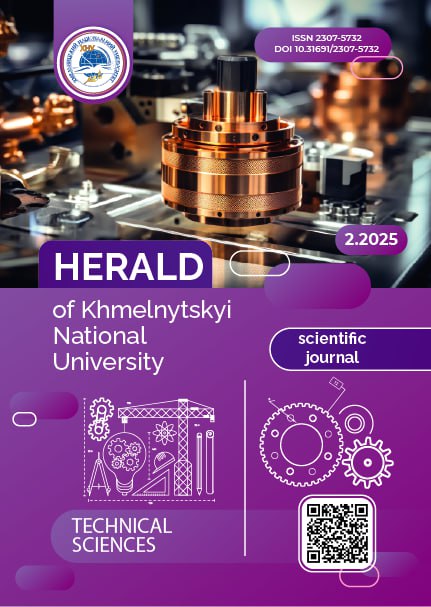FEATURES OF AUTOMATED DEFECT CONTROL OF LIGHT INDUSTRY MATERIALS
DOI:
https://doi.org/10.31891/2307-5732-2025-349-51Keywords:
synchronous motor, control, encoder, vector controlAbstract
The article presents an analytical review of current technologies and devices used for defect detection in materials of the light industry, with a focus on textile and leather surfaces. The study highlights that one of the key challenges in this domain is the heterogeneous and flexible nature of these materials, which exhibit variable textures, non-uniform colors, and complex surface geometries. These characteristics make the automated inspection process significantly more difficult compared to the control of metallic or rigid materials. The research analyzes the technical capabilities of modern optical systems, including high-resolution cameras, structured light, hyperspectral imaging, and deep learning-based recognition systems. It also emphasizes the need for stable illumination conditions, high-speed data acquisition, and adaptive algorithms capable of processing images in real time.
The review of scientific sources demonstrates that most studies have achieved detection accuracy exceeding 95% under laboratory conditions, but many of these systems still face limitations when implemented in real production environments. Challenges include sensitivity to lighting variations, different types of fabric weaves, and the natural irregularities of leather. Additionally, existing approaches often rely on limited datasets, which reduces their ability to generalize across various defect types.
The article identifies key research gaps, including the integration of vision systems with robotic manufacturing units, the development of multi-class defect classification models, and the creation of adaptive self-learning algorithms for continuous performance improvement. It is concluded that future progress in defect detection systems should focus on intelligent, autonomous, and interconnected control technologies that operate in real time, interact with production equipment, and support the concept of a digital factory. Such developments will ensure stable product quality, reduce human involvement, and increase the efficiency of modern manufacturing processes in the textile and footwear industries.
Downloads
Published
Issue
Section
License
Copyright (c) 2024 КОСТЯНТИН ГОРЯЩЕНКО, ВІКТОР СТЕЦЮК, СЕРГІЙ ГОРЯЩЕНКО, АНДРІЙ ЛИСИЙ (Автор)

This work is licensed under a Creative Commons Attribution 4.0 International License.

